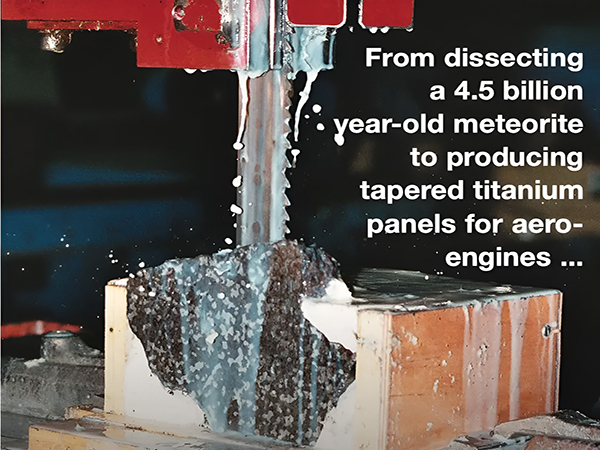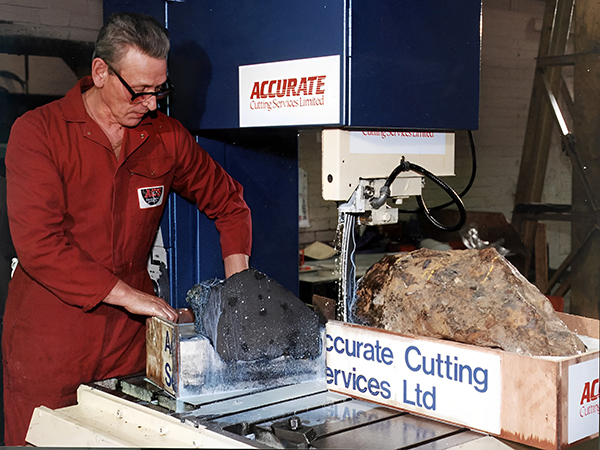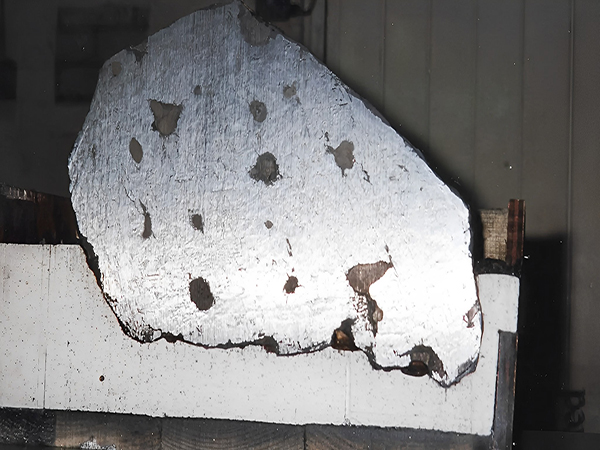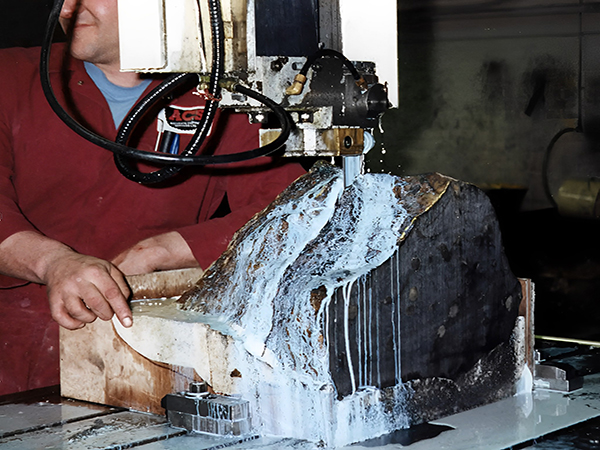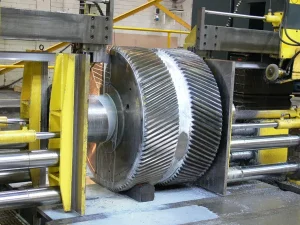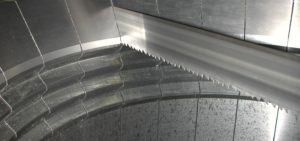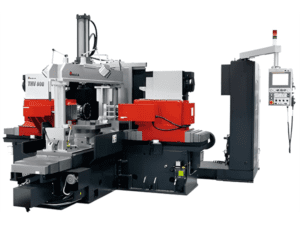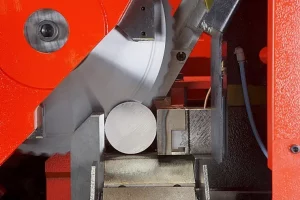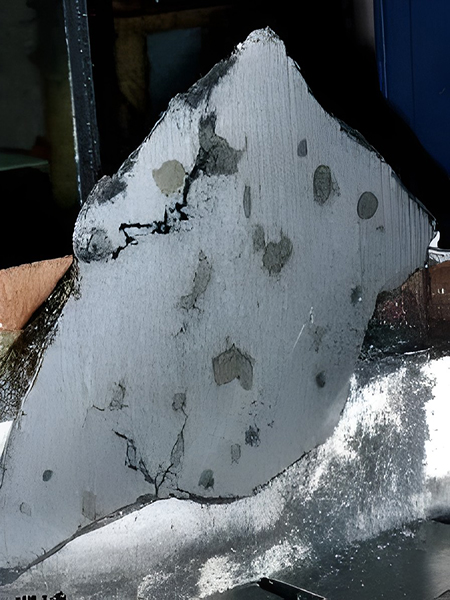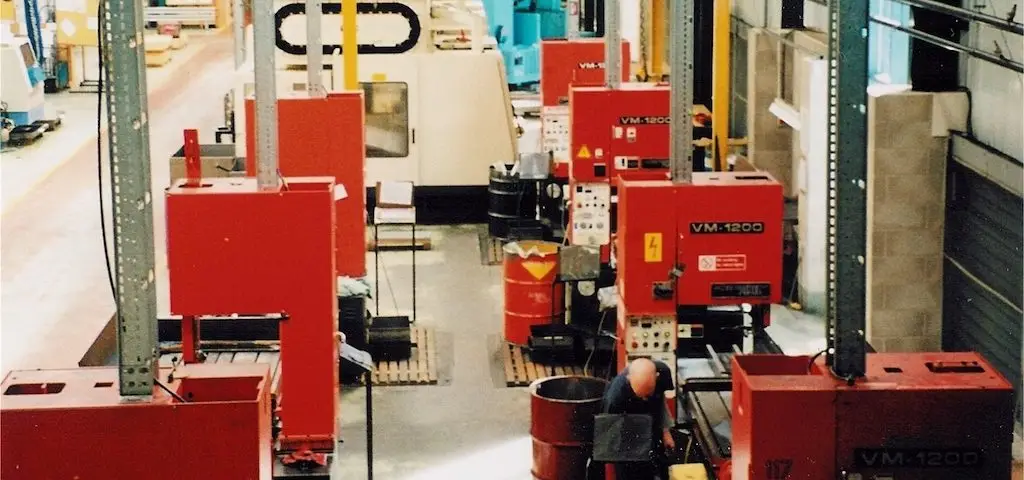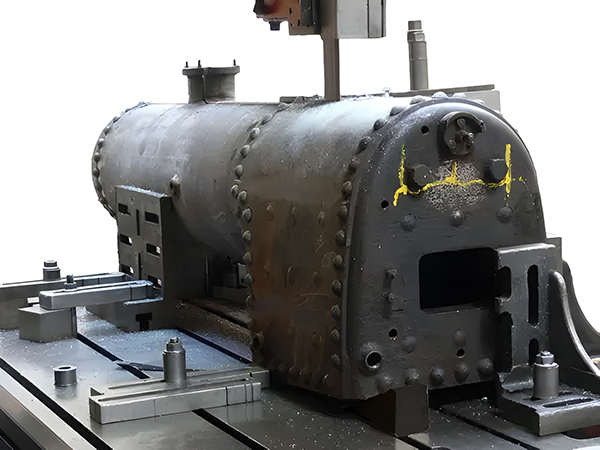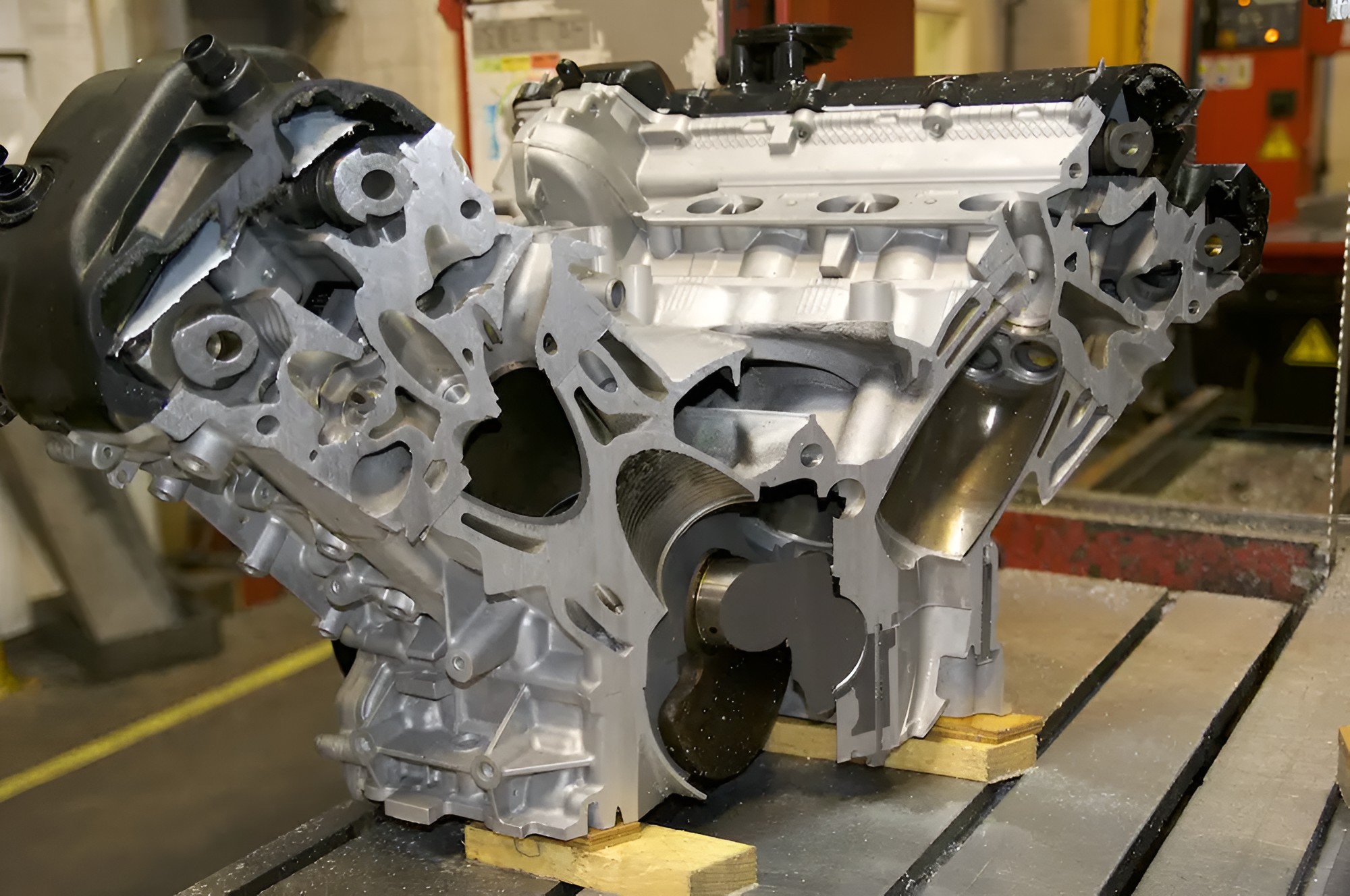Special cutting applications for saws
Bandsawing Meteorites
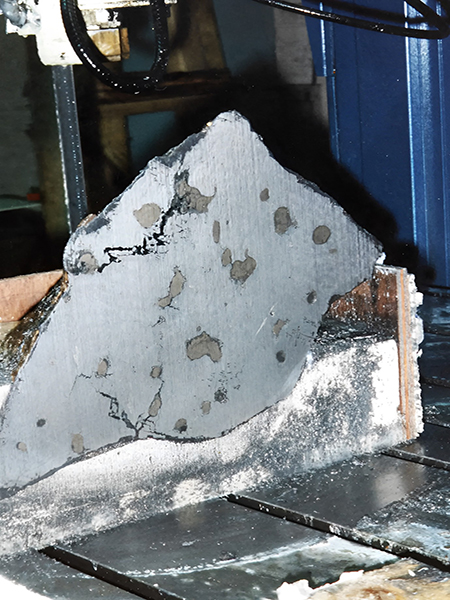
Unexpected demands at Accurate Cutting Services.
The company has been asked to cut a very wide variety of materials and objects in almost 40 years of subcontract sawing using bandsaw machines. Some jobs were completely unforeseen such as bandsawing meteorites!
Bandsawing meteorites for the Natural History Museum, London, is amongst the most unusual. The accompanying media coverage has led to some still seeing Accurate Cutting Services as “the company that cut the meteorites”.
The company has cut three meteorites using a bandsaw – the Nantan, Henbury and the Steinbach. The sectioning of these rare meteorites has given universities, world-wide, an opportunity to research the composition of planets, and even to take a closer look at the centre of the earth.
The Nantan Meteorite
On the 22nd March 1994, Accurate Cutting Services cut the 4.5 billion year-old Nantan meteorite into five pieces for the five European museums which funded its purchase.
Section of iron meteorite after sawingTV cameras rolled under green lights and national press reporters arrived to witness the event. Coverage followed on national TV and in articles in most local and national newspapers (which coincided, also, with a national science week).
The Nantan meteorite, named after the place where it was found, Nandan County, Guangxi, China (Nantan is now spelled Nandan), was originally part of a shower of lumps of iron totalling 9.5 tonnes, distributed over an area of 30 square kilometres. It is one of a rare group of IICD meteorites, with a composition 84.6% iron and 6% – 7% nickel.
Only 16 are known – but unlike most iron meteorites, this type never completely melted. They were found in 1958, when China needed a lot of steel to construct “New China”. During this period, everyone was told to look for iron ore: even cooking woks were melted, in back yards, to produce steel. Some farmers were lucky to find heavy rocks rich with iron in Nantan. Unfortunately, the “iron ores” would not melt. This puzzled the local people, and they reported it to the government.
Geologists arrived to study the rocks, and declared them to be iron meteorites. Accurate Cutting Services was chosen for the task of dissecting the meteorite after scientists at the Natural History Museum searched for a suitable contractor. This was the first time the company had been involved in bandsawing meteorites.
"We want to know how we came to be, and a meteorite can tell us some of the answers"Dr Robert Hutchison, leader of the cosmic mineralogy research programme at the Natural History Museum.
"It’s like Christmas to me, I’ve never had a chance to cut up such a large meteorite. Usually we only get the chance to cut up pieces that are the size of a fist.”Dr Hutchison
The mainly iron meteorite weighed 255kg, and was of an irregular shape which necessitated setting it in surgical plaster to prevent it moving about during the cutting. A carbide-tipped bandsaw blade was used, fitted to a heavy duty vertical band-saw, and the process took less time than was anticipated. The machine’s blade deviation control indicated that there were hard spots caused by inclusions within the iron, which, on examination after the first cut, were thought to be graphite, iron sulphides and iron phosphate with nickel, formed when the meteor was originally created.
The Americans have bought a tonne, and the five European museums clubbed together to buy their quarter tonne piece from Guilin College of Geology, in Guangxi province, China for $25,000.
